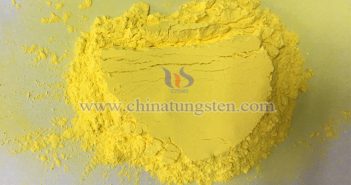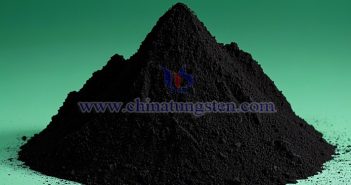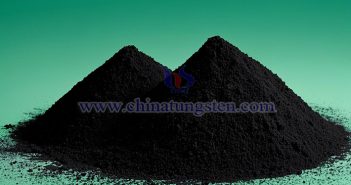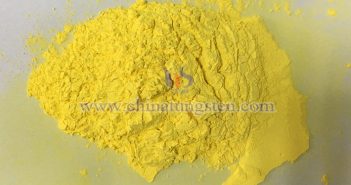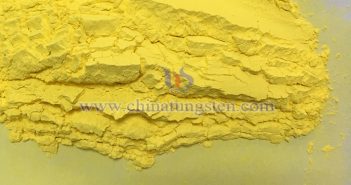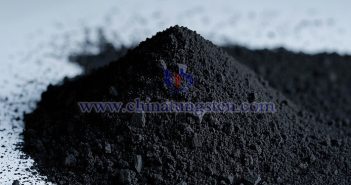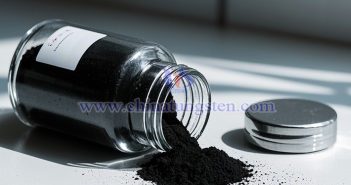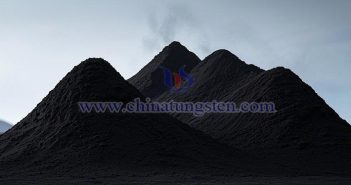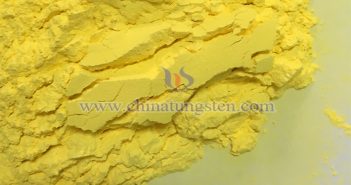
Yellow tungsten oxide (WO?), produced by CTIA GROUP LTD, is a chemically distinctive compound. It appears as a fine yellow powder, insoluble in water yet soluble in alkaline solutions, with limited solubility in acids. Composed of one tungsten atom (W) bonded with three oxygen atoms (O), this atomic arrangement endows WO? with unique physical and chemical properties. As an oxide of tungsten, yellow tungsten oxide holds a significant position within the family of tungsten compounds. It emerges from the interaction…

